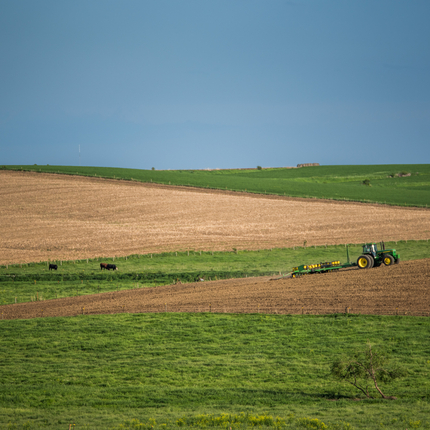As planting season winds down, farmers impacted by adverse weather events this spring may find themselves concerned about future crop yields.
According to the National Weather Service, May 2024 had the most severe weather in more than a decade, with thousands of thunderstorms and hundreds of tornados reported across the country.
Because newly planted seeds are vulnerable until the plant has emerged and is well established, operations hit by severe weather could incur a significant loss of income before their crops have a chance to grow. When these situations happen early in the season, farmers may have the opportunity to replant affected areas, but that adds unexpected expenses.
Farmers who have purchased Whole Farm Revenue Protection (WFRP) won’t bear the expense on their own. Replant coverage for annual crops, with the exception of industrial hemp, is included in WFRP, a crop insurance program that allows farmers to insure multiple crops and even livestock under a single policy. If seeds or seedlings are lost due to severe spring weather, the farmer can file a claim to cover the cost of replanting, or 20% of the expected revenue from that crop, whichever is lower.
Unlike other types of crop insurance that provide payments after crops are lost to adverse weather, pest infestations, or disease, replant coverage allows farmers a second chance at recouping their yields.
While the window for replanting is narrow, WFRP helps farmers protect their yields in the earliest stages of development.
To learn more about the program, view and download a copy of our WFRP fact sheet at cfra.org/publications/whole-farm-revenue-protection.




